Robert Ryan exuded masculinity and mystery in equal parts and he’s always been one of my favorite film noir actors. He could easily play a good guy but his forte was for those tormented, enigmatic characters, who were dark and volatile, moody and quick-tempered.
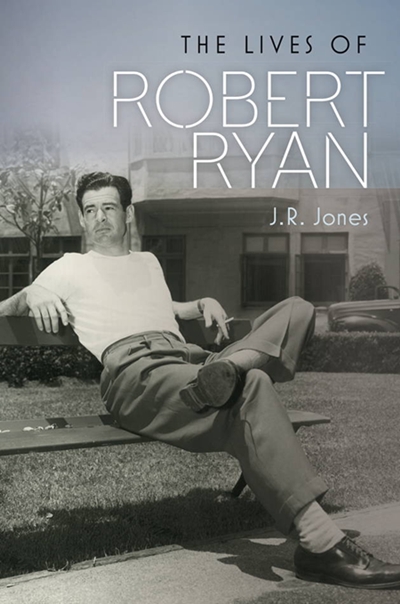 Remember him as an embittered vet in “Act of Violence,” (1948, Fred Zinnemann), where he co-starred with Van Heflin, Janet Leigh and Mary Astor? He made his mark the previous year as a vicious bigot in “Crossfire” (1947, Edward Dmytryk) with Robert Young, Robert Mitchum and Gloria Grahame.
Remember him as an embittered vet in “Act of Violence,” (1948, Fred Zinnemann), where he co-starred with Van Heflin, Janet Leigh and Mary Astor? He made his mark the previous year as a vicious bigot in “Crossfire” (1947, Edward Dmytryk) with Robert Young, Robert Mitchum and Gloria Grahame.
He was unforgettable as the over-the-hill boxer fighting his last fight in “The Set-Up” (1949, Robert Wise) with Audrey Totter, and as the tormented cop in “On Dangerous Ground” (1952, Nicholas Ray) with Ida Lupino. In 1959, playing another bigot, Ryan again worked with Wise in the classic heist movie “Odds Against Tomorrow” which also starred Harry Belafonte, Gloria Grahame and Shelley Winters.
Not to mention “The Naked Spur,” “Bad Day at Black Rock,” “God’s Little Acre,” “Billy Budd,” “The Dirty Dozen,” “The Wild Bunch” and “The Iceman Cometh.”
So, I am very excited to announce that I will be talking with Chicago-based author J.R. Jones about his new book, “The Lives of Robert Ryan,” at 12:30 p.m. on Saturday, May 16, at Larry Edmunds Bookshop in Hollywood.
According to Amazon: “The Lives of Robert Ryan” provides an inside look at the gifted, complex, intensely private man whom Martin Scorsese called “one of the greatest actors in the history of American film.”
The son of a Chicago construction executive with strong ties to the Democratic machine, Ryan became a star after World War II. … His riveting performances expose the darkest impulses of the American psyche during the Cold War.
At the same time, Ryan’s marriage to a liberal Quaker and his own sense of conscience launched him into a tireless career of peace and civil rights activism that stood in direct contrast to his screen persona. Drawing on unpublished writings and revealing interviews, film critic J.R. Jones deftly explores the many contradictory facets of Robert Ryan’s public and private lives, and how these lives intertwined in one of the most compelling actors of a generation.
Larry Edmunds Bookshop is at 6644 Hollywood Blvd., Los Angeles, CA, 90028, 323-463-3273.
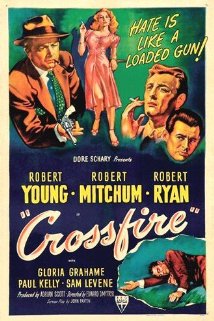






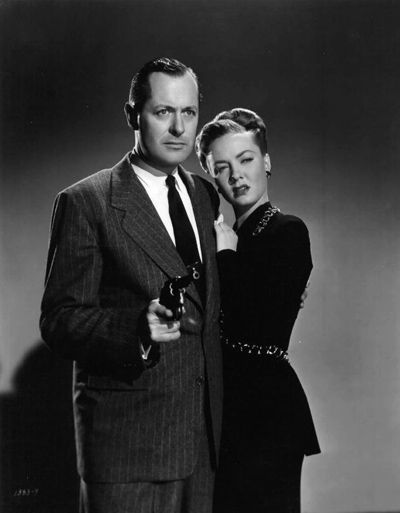
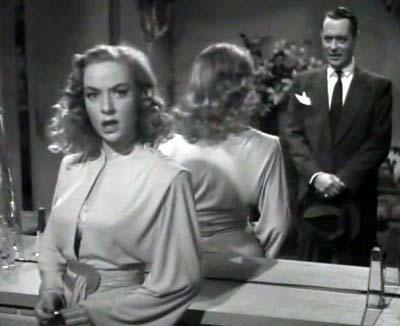
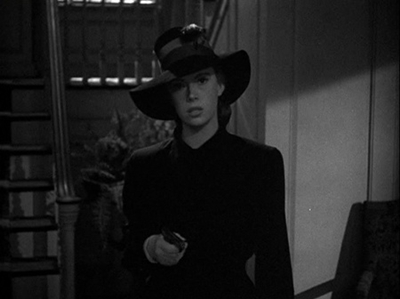
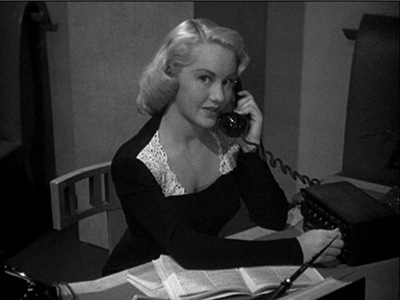
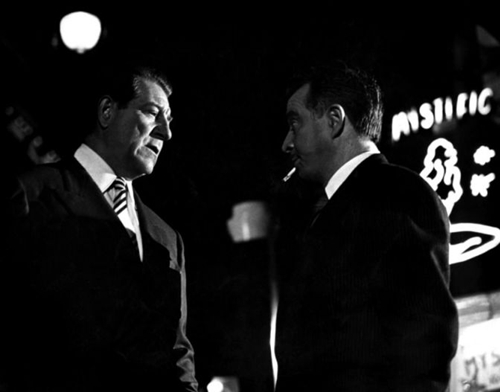
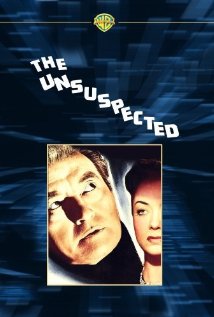
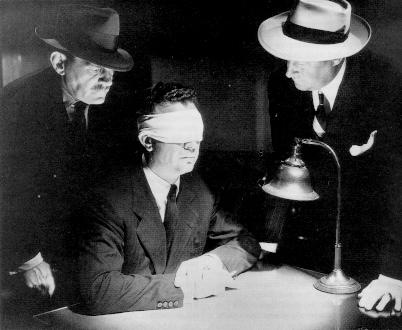
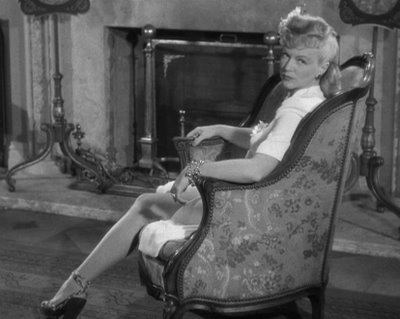
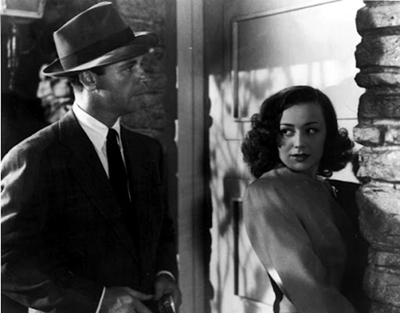
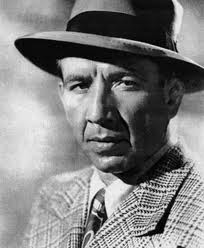
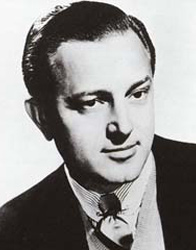
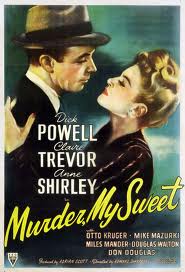
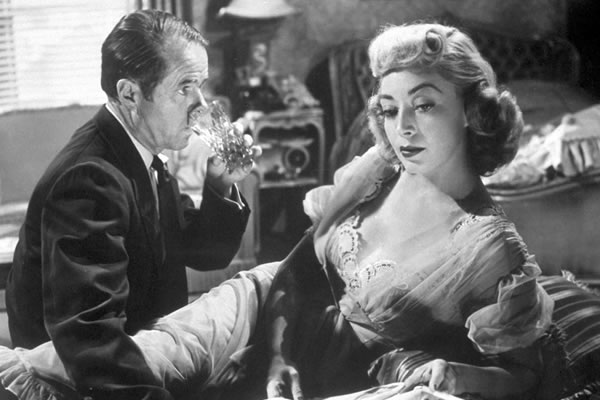
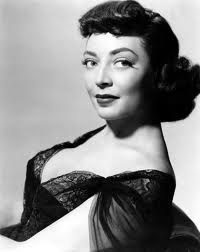
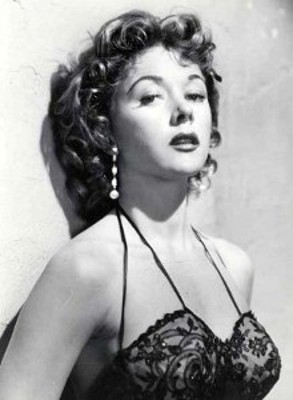
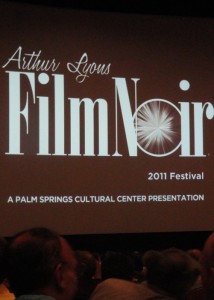
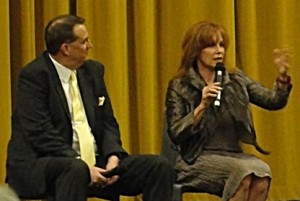
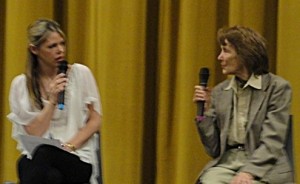
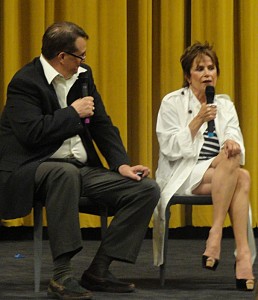
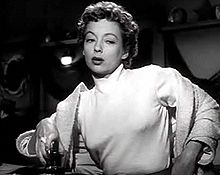
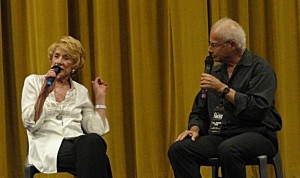
![220px-Loophole[1]](http://www.filmnoirblonde.com/wp-content/uploads/2011/05/220px-Loophole11-196x300.jpg)
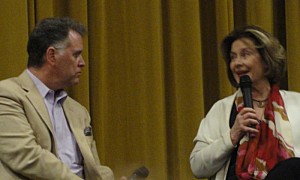
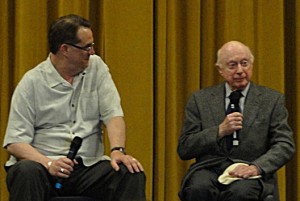
![220px-DamnedDontCry[1]](http://www.filmnoirblonde.com/wp-content/uploads/2011/05/220px-DamnedDontCry11-210x300.jpg)






From FNB readers